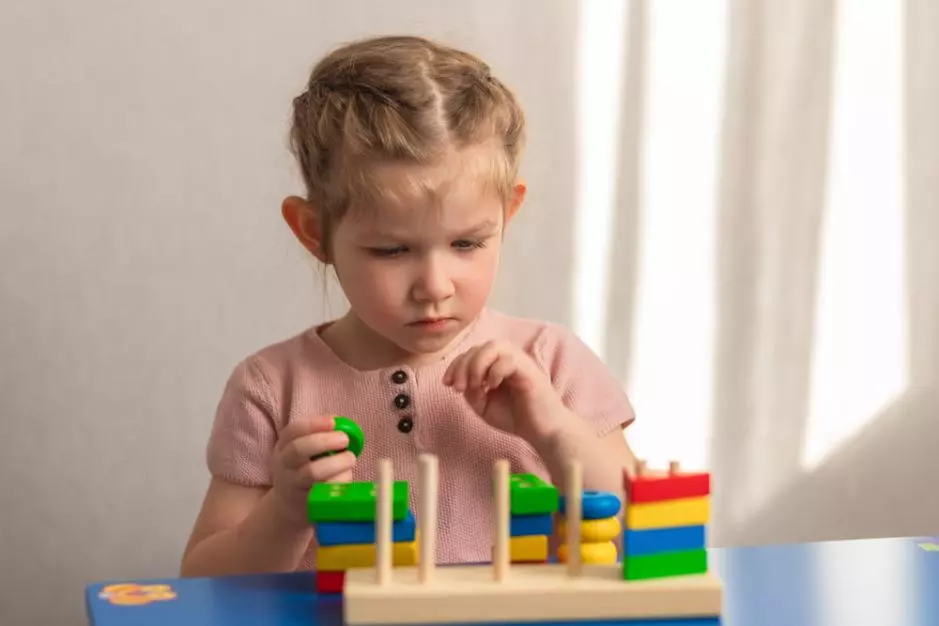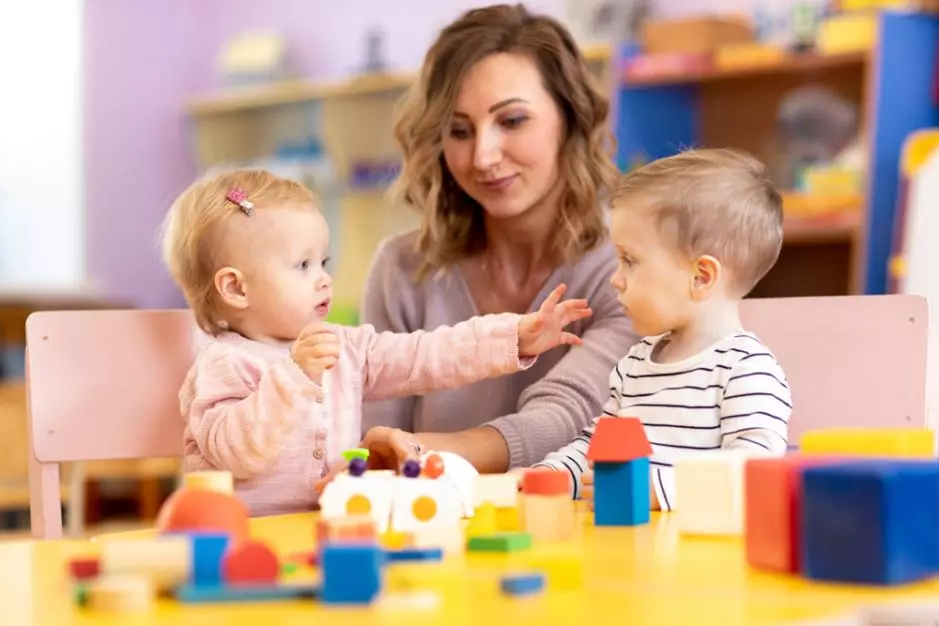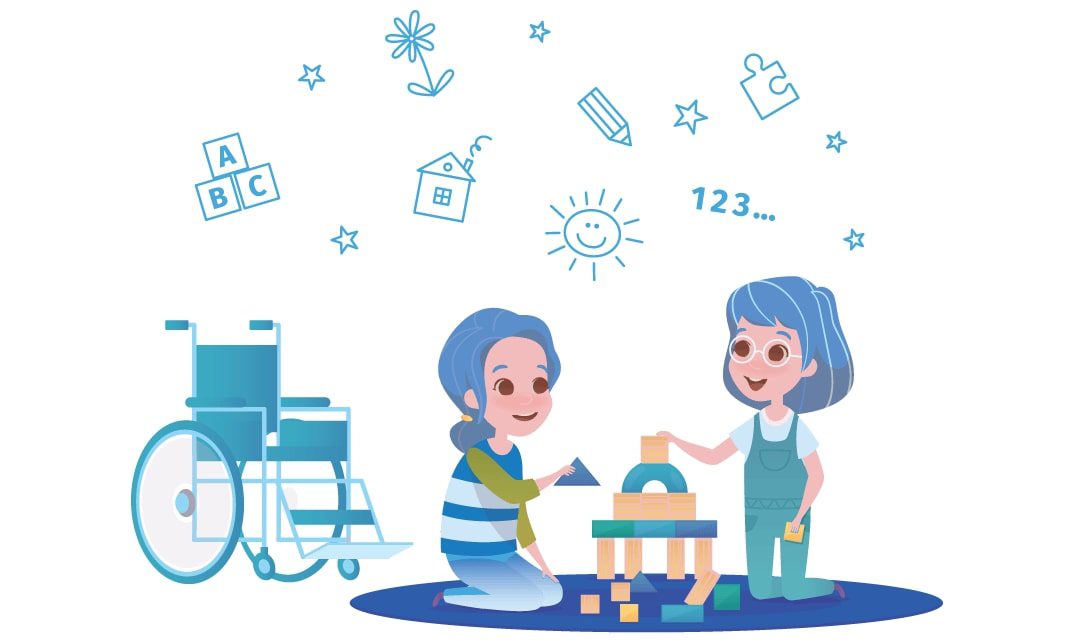No products in the basket.
Introduction
Are you interested in the job of early years practitioner? Or do you want to improve your knowledge about early years practitioners? Or simply want to become one? This blog post carries all the detailed information about early years and the duties of a practitioner.
The Role of an Early-Year Practitioner
The early years practitioner plays a crucial role in society. The practitioner will be in charge of the child’s first learning experiences outside the home, whether they are with a childminder, a private nursery professional, or those working with young children in school settings. In light of this, the purpose of this blog is to discuss the qualities of an excellent early years practitioner.
Dealing directly as well as communicating with parents and caregivers is an important factor of an early years practitioner job.
There will be occasions when practitioners must disclose critical information and parents and caregivers must do the same. If the material is sensitive or not wholly positive, the parent or caregiver will most likely feel more at ease sharing it with a practitioner with whom they have developed a strong relationship and rapport. Thus, liaison and communication with parents and caregivers is a key work of an early years practitioner.
When evaluating the child’s educational and emotional requirements, strong practitioner, parent or caregiver interactions are vital. This may be accomplished from the outset by an early years practitioner acting positively toward parents and caregivers from the time the kid enters the environment. An Early Years practitioner may ensure that they communicate on a frequent and effective basis, taking the time to support the parent, listen carefully, and strive to find answers to any parent or caregiver problems. Hence, investing time in developing these relationships will result in the child being fully supported in the setting and at home in all aspects of their learning and development.
Different Stagesthe Child Development

Child growth stages typically include:
- Infancy (birth to 2 years): The first year following birth is referred to as infancy. Infancy is a time when the infant grows rapidly. The newborn doubles in length and triples in weight throughout infancy. Other significant changes occur throughout infancy. Teeth begin to appear in babies at the age of six months.
- Early childhood (2 to 6 years): Early childhood experiences influence the child’s development of the brain’s architecture, which serves as the basis for all future learning, behaviour, and health. Thus, a solid foundation assists children in developing the skills required to become well-functioning individuals.
- Childhood in the middle (6 to 11 years): Children in middle childhood (ages 6-11) continue to develop their mental and physical capacities, language skills, self-control, friendships, and social skills. They can typically think clearly and tell the difference between imagination a reality. Thus, they improve their problem-solving abilities, have a longer attention span, become more aware of time and the environment around them, and learn to plan and organise themselves.
- Adolescence (11 to 18 years): Adolescence is a period in a person’s life when they experience significant physical, emotional, and intellectual growth. So, in early adolescence, children begin to abandon their childish thinking and begin to think more like adults.
Children develop physically, cognitively, emotionally, and socially at each stage. These stages are not all clear-cut cut and may overlap. During the first year, physical development mainly involves the infant coordinating motor skills. Hence the infant repeats motor actions to build physical strength and motor coordination.
Tips for Supporting Children’s Development in Different Areas few pointers for an early years practitioner. This will help an early years practitioner to encourage children’s growth in various areas:
- Cognitive development: Encourage children to explore, learn about, and ask questions about their surroundings. So, provide toys and games that test children’s ability to think critically and solve problems.
- Physical development: Give kids a chance to play and exercise by giving them a chance to play sports, ride bikes, climb, and run. Hence, it will encourage good health practices like a balanced diet, adequate rest, and physical activity.
- Emotional development: Children benefit from receiving love, care, and support as they grow in self-worth and resilience. Children should be encouraged to express their emotions. Thus, it is important to create an environment that is both secure and encouraging.
- Social development: Encourage kids to play and interact with one another, and give them chances to practise building trusting bonds and effective communication. Hence, children should learn how to share, take turns, and respect others’ feelings.
- Language development: Children should be encouraged to read, write, and speak and should have opportunities to practise these skills regularly Offer children books, videos, and games that test their language skills. Frequently speak with them while encouraging conversation and asking questions.
How Can You Evaluate Your Practice as an Early Years Practitioner?
The following are some ways to assess your work as an early childhood practitioner:
- Think about your interactions with kids on daily think about the conversations you have with kids, how you attend to their needs, and the activities you do with them.
- Examine your planning and observation methods: Examine your planning approach to determine whether your observations correctly represent the children’s talents, interests, and developmental requirements.
- Acquire feedback from parents and professionals: To get an objective picture of your performance, seek feedback from parents and colleagues. which includes both criticism and pleasant comments.
- Consider your professional development: Consider your ongoing education, the classes you’ve taken, and the new skills and information you’ve gained.
- Track your progress: Keep track of your progress as an early years practitioner and how effectively you are addressing the needs of the children in your care.
- Take some time to reflect: Take the time to reflect on your practice as an early years practitioner regularly to assess how you are doing, discover areas for growth, and celebrate your triumphs.
Differentiating Instruction for Become an Early Years Practitioner
Differentiating instruction is a teaching strategy that modifies the content, procedure, and outcomes of learning to fit the unique needs of all students. Differentiation aims to engage every student in relevant and challenging learning experiences that capitalise on their talents, interests, and abilities. To do this, teachers must:
- Teachers must be familiar with their students’ learning styles, interests, and talents. This data assists teachers in developing meaningful and relevant learning experiences that challenge and engage all students.
- Provide adaptable teaching strategies: Teachers must employ a range of teaching approaches that appeal to various learning types, such as visual, auditory, and physical.
- Provide appropriate levels of assistance: Teachers must vary the amount of help they provide to kids in for children to prosper. This might include giving extra help to kids who need it or challenging advanced students with more difficult work.
- Encourage student choice: Differentiation may also be done by providing students with learning options. Students, for example, can select their projects, study subjects, and reading materials.
- Use formative assessment: Teachers must regularly assess students’ learning progress and change their teaching tactics accordingly. This allows teachers to guarantee that all students are on pace. Moreover, to accomplish their learning objectives.
Differentiating instruction is a teaching strategy used by an early years practitioner. Differentiating instruction is important since students come from a variety of backgrounds and have a variety of learning requirements.
How Does an Early Years Practitioner Impact Children’s Emotional and Social Development?
Early years practitioner has a significant impact on children’s emotional and social development. They foster a caring and supportive atmosphere where children feel secure and respected. This helps children develop self-esteem and confidence. which are essential for their emotional and social development.
Early years practitioners also assist children in understanding and managing their emotions. By giving them tools and methods. This helps children develop emotional intelligence. which will serve them well throughout their lives.
Early years practitioners also encourage children to take part in social activities. Such as playing with others, sharing, and taking turns. These experiences aid in the development of social skills such as communication, collaboration, and empathy in a child.
Besides, Early years practitioners foster an inclusive atmosphere. Where children are encouraged to respect and value diversity. This helps youngsters get a global perspective and a sense of social fairness.
Behaviour Management

Behaviour can have a huge impact on a child’s development. While good behaviour promotes children’s wellness and better outcomes (and goes hand in hand with their personal, social, and emotional growth), bad behaviour can have the opposite effect. Unchecked bad behaviour in children can negatively influence their future, as it can lead to them experiencing physical and emotional distress, which may contribute to more serious issues like depression and low self-esteem.
As a result, it’s important to set realistic expectations for the children in your care and to be familiar with behaviour management strategies, including strategies for tantrums, biting and hitting, and refusal to cooperate. Overall, poor behaviour management in early years can have a negative and long-lasting impact on a child’s development and well-being. It is crucial that parents and caregivers actively participate in teaching acceptable behaviour and creating a safe and caring environment.
Summary
An early years practitioner’s role is to liaise and communicate with parents and caregivers. There will inevitably be times when practitioners need to share important information. If this information is sensitive or not entirely positive. the parent or caregiver will most likely feel more comfortable sharing it with a practitioner. An early years practitioner promotes children’s emotional and social development.
By providing a supportive and nurturing environment. assisting children in understanding and regulating their emotions. By providing opportunities for social interactions, and fostering an inclusive environment. Early years practitioners must assist each kid in learning. They must recognize the child’s existing understanding. As well as their achievements and be aware of the child’s potential next stages.
FAQs
What is the importance of play-based learning in the early years?
Play-based learning is an effective way for Early years practitioners. To assist children’s thorough development. It enables youngsters to explore, experiment, and learn on their own. Moreoverit boostsng their self-esteem and independence. Early years practitioners may encourage children to utilise their imaginations.
Additionally, they develop their social skills and improve their physical talents. By establishing a play-rich atmosphere. Play-based learning also assists an Early years practitioner in better understanding each child’s unique needs and interests. allowing them to give individualised assistance and guidance.
What are the Strategies for promoting language development in young children?
Early years practitioners have a huge influence on children’s development. Some Strategies for promoting language development in young children:
- Encourage communication by holding discussions and engaging in interactive activities.
- To assist in increasing language and vocabulary, read books and tell tales.
- Engage youngsters in language acquisition by using music and songs.
- Give students hands-on experience and the opportunity to develop their language skills in real-life scenarios.
What is the role of technology in the early years classroom?
Technology frequently offers challenges to youngsters. to teach them how to make decisions and solve such difficulties. Games and applications on tablets and smartphones can provide youngsters with the practice they need. to achieve success in the future. Students who utilise technology responsibly can gain enormous benefits.
How to understand and address childhood trauma?
The following steps can be taken to understand and address childhood trauma:
- Learn about trauma and its consequences.
- Seek the assistance of a mental health professional.
- Self-care and stress management should be practised.
- Consider talking therapy or trauma-focused counselling.
- Join support groups or peer networks.
What qualities are needed to become an early-year year practitioner?
As an early years practitioner, you will require patience, subtlety, and desire. To build productive relationships. The ultimate objective is to gain parents’ trust. But also to include and utilise their expertise as a kid progresses from one developmental stage to the next.





